If you’ve got a cat who turns their nose up at every meal, you’re not alone. Feeding a picky cat can feel like trying to solve a mystery. One day they’re all about a certain food, and the next day they won’t touch it. But don’t worry—there are ways to make mealtime less of a struggle. Here are some tried-and-true tips for feeding a cat who’s a little too picky.
1. Start with Fresh, High-Quality Ingredients
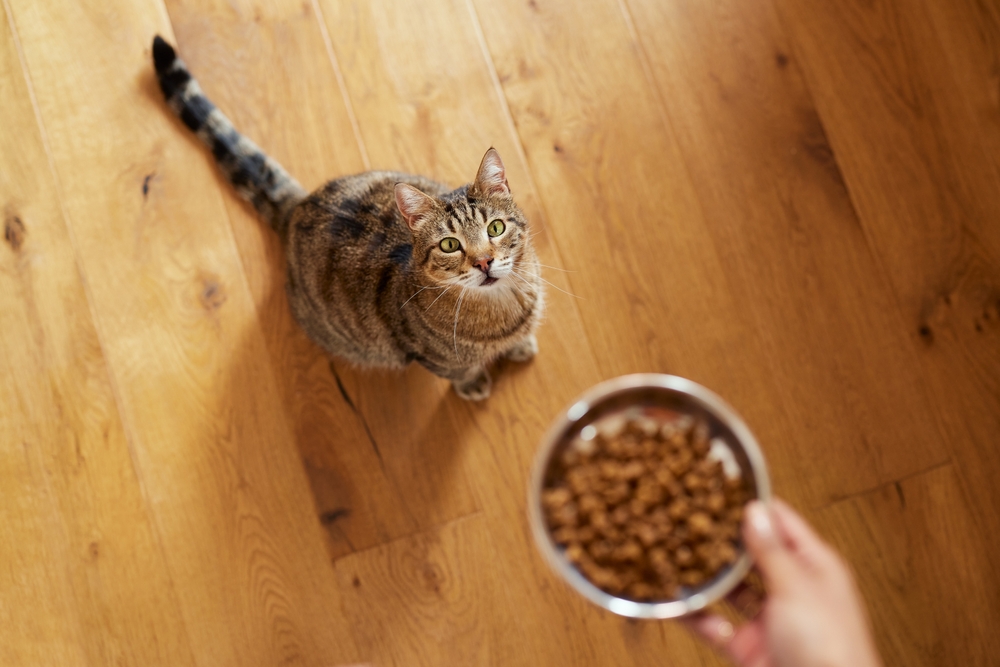
For a fussy eater, the quality of the food makes a big difference. Cats can be surprisingly sensitive to the freshness and quality of what’s in their bowl. If your cat won’t touch their food, try swapping cheaper meals for premium cat foods that list real meat as the first ingredient and avoid fillers like corn or soy, which can put them off. Sometimes, even switching to a brand with fewer artificial ingredients can pique their interest and encourage them to try something new.
2. Experiment with Different Textures
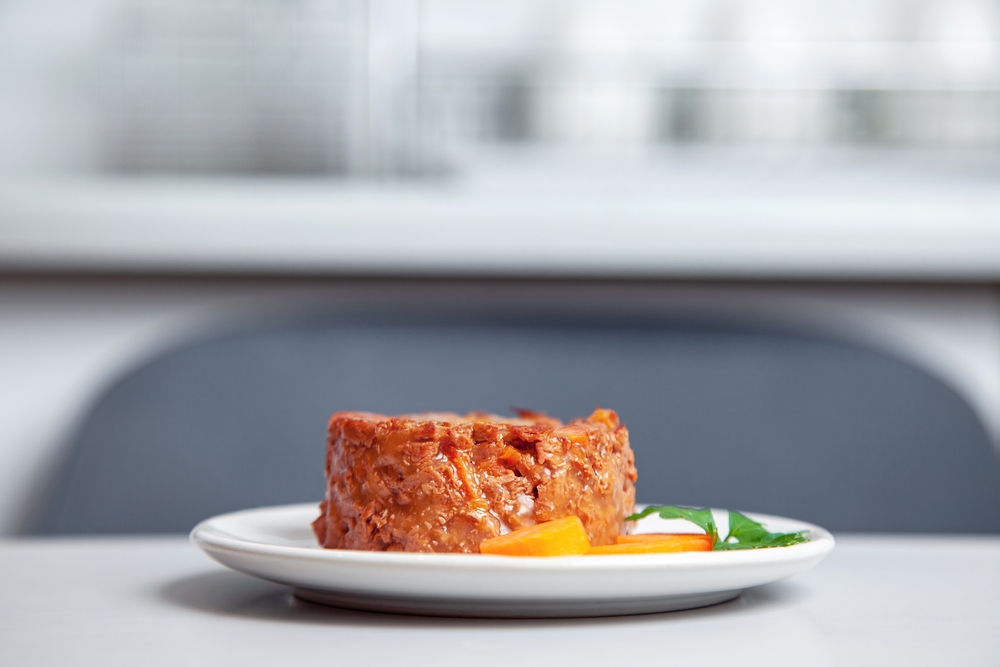
Some cats are particular about texture—maybe yours prefers pâté over chunks or vice versa. If your cat is a fussy eater, it’s worth trying a few different textures and consistencies to see what they respond to best. Wet food often has a more appealing scent and texture for picky eaters, so consider trying a few varieties to discover what works. You might find they have a hidden preference that makes all the difference.
3. Serve at the Right Temperature

Believe it or not, the temperature of your cat’s food can play a role in whether they’ll eat it. Cats are often more interested in food that’s warm, as it mimics the temperature of freshly caught prey (yes, cats are fancy like that). Try microwaving their food for a few seconds to take the chill off if it’s been in the fridge. Just make sure it’s not too hot—slightly warmer than room temperature is usually best.
4. Create a Calm Eating Environment

Just like us, cats are sensitive to their surroundings. If your cat is anxious or distracted, they might be less inclined to eat. Try setting up a quiet, comfortable spot for them to enjoy their meal. Avoid feeding them in high-traffic areas or places where there’s a lot of noise or activity. A calm environment can make mealtime more relaxing, which may help a fussy eater feel comfortable enough to dig in.
5. Stick to a Feeding Schedule

Cats are creatures of habit, and a consistent feeding schedule can make a big difference for picky eaters. Rather than leaving food out all day, set up regular mealtimes. By doing this, you’ll train your cat’s body to expect food at certain times, which can help build their appetite. Plus, having set times for meals can reduce grazing and make them more likely to eat their food when it’s offered.
6. Add a Little Topping for Extra Appeal

Sometimes, a little extra toppings can make all the difference in getting your cat to eat. Try adding a tiny bit of tuna juice (just a few drops) or low-sodium chicken broth to their food to make it more appealing. There are also cat-specific food toppers available that can add flavor without compromising nutrition. Just make sure to keep any add-ons light, as too many extras can lead to picky eating habits over time.
7. Offer Smaller, More Frequent Meals
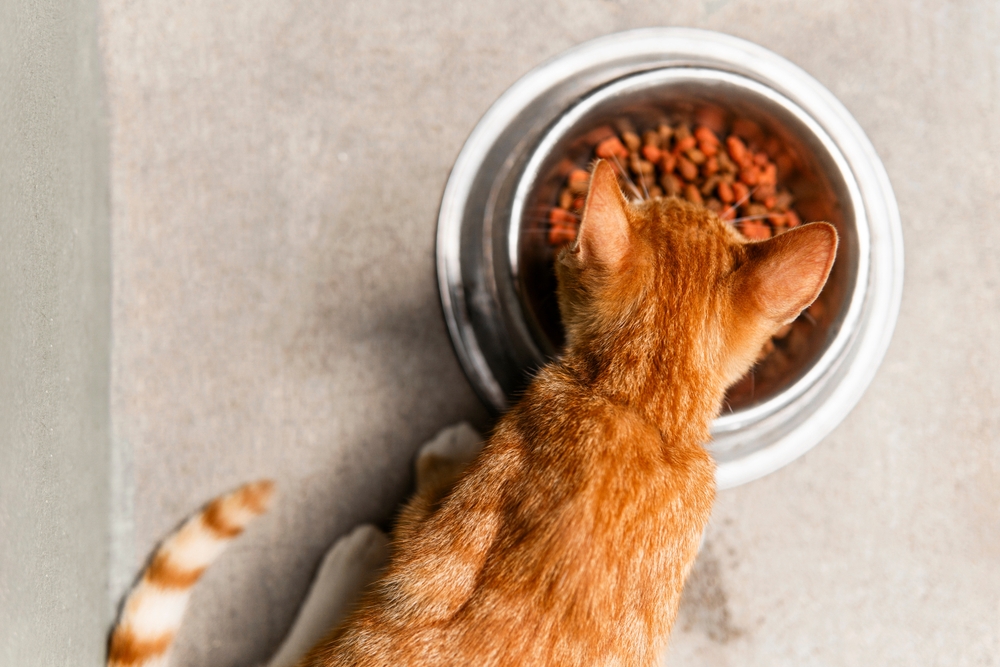
If your cat isn’t into big meals, consider breaking their food into smaller portions throughout the day. Some cats prefer snacking over a large meal, especially if they’re sensitive to changes in their diet or get overwhelmed by a full bowl. Smaller, more frequent meals can also make it easier for you to start to gauge what foods they like best without the risk of wasting too much.
8. Rotate Flavors (But Not Too Often)
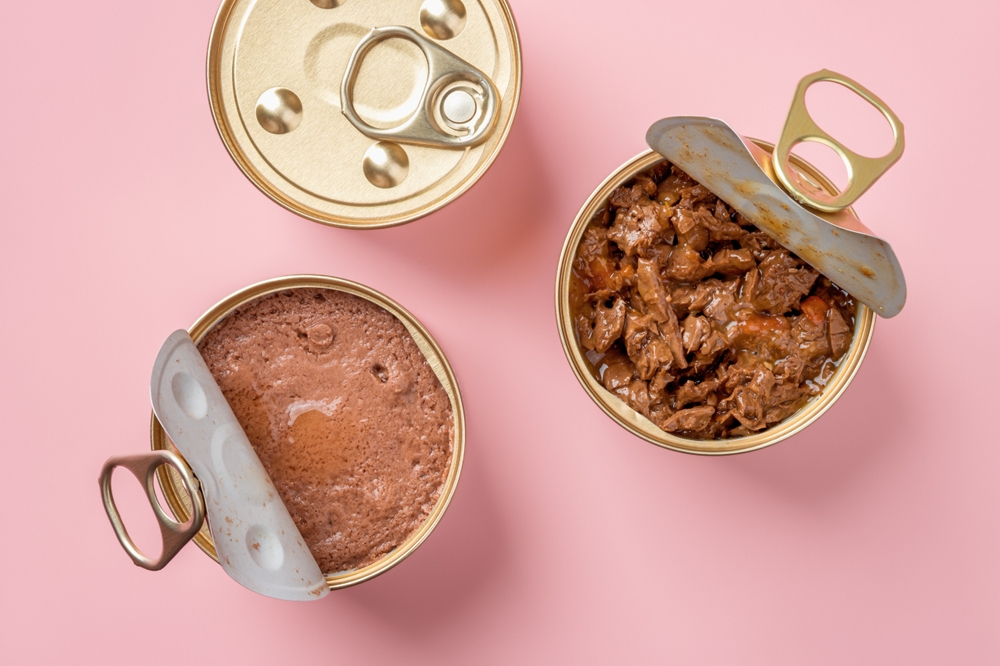
Some cats get bored with the same flavor every day, so a little variety can go a long way. Try rotating a few favorite flavors rather than changing brands or types too frequently, which can sometimes make cats even pickier. A couple of different protein sources, like chicken and salmon, are enough to keep things interesting while still giving your cat a sense of routine. Just remember not to switch too often, as too much change can be overwhelming.
9. Try a Puzzle Feeder
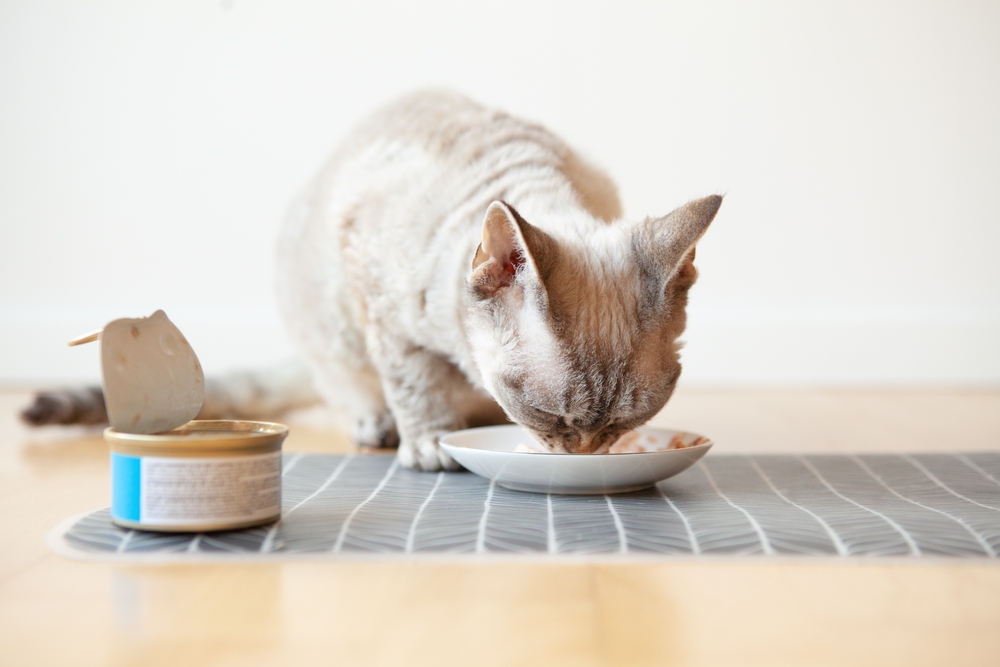
If your cat is a picky eater, making mealtime a bit more interactive can spark their interest. Puzzle feeders are a great way to encourage them to work for their food, which can in turn stimulate their natural hunting instincts and make the food more enticing. It’s also a great way to keep them mentally engaged and slow down any fast eaters. For picky cats, the “game” of getting the food can sometimes make it worth the effort to eat.
10. Use Stainless Steel or Ceramic Bowls
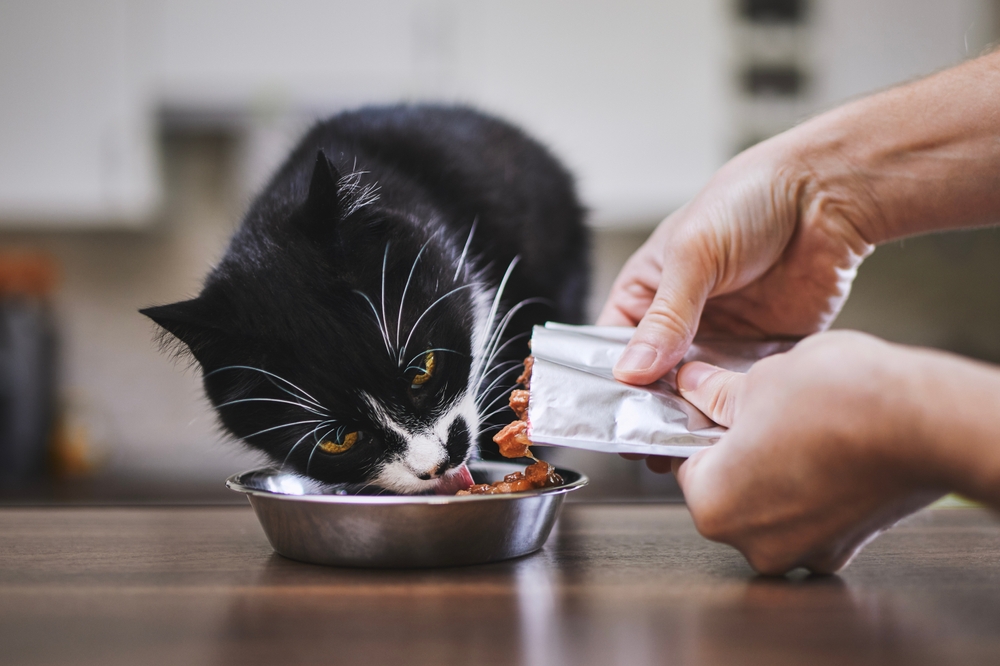
Believe it or not, the bowl you use can impact your cat’s appetite. Some cats are sensitive to plastic bowls, which can put out odors that affect the taste of the food. Stainless steel or ceramic bowls are easier to clean and won’t hold onto foul smells that’ll turn your kitty’s nose up. If your cat is a bit fussy, switching to one of these materials can sometimes make a surprising difference.
11. Hand-Feed as a Last Resort
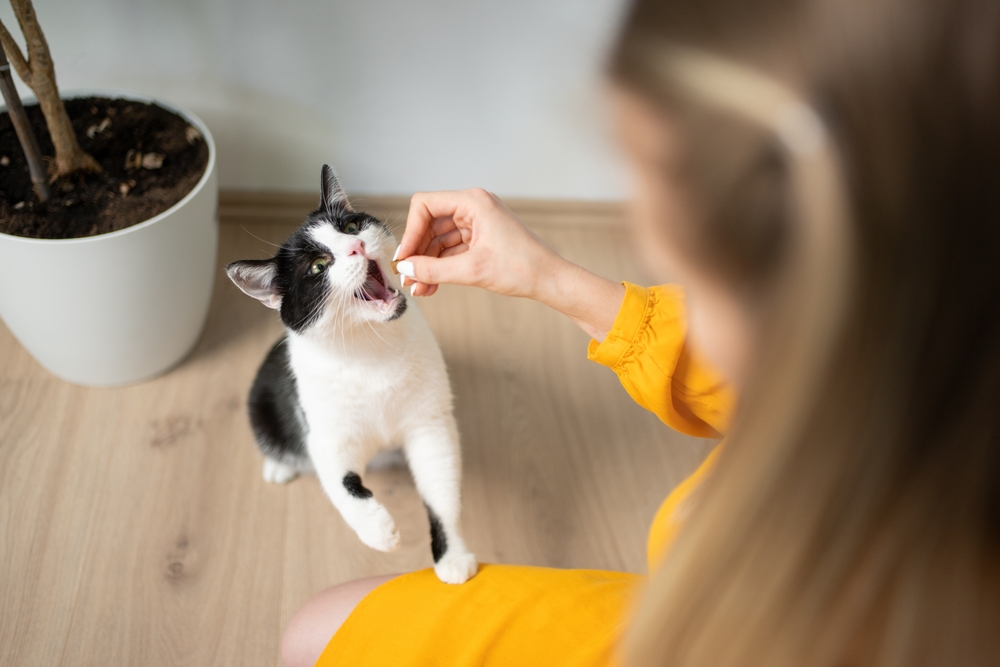
It might sound a bit fancy, but hand-feeding can sometimes encourage picky cats to eat. If your cat is reluctant to approach the bowl, try offering them a small amount directly from your hand. Hand-feeding can provide a little reassurance and show them the food is safe, especially for cats that are anxious or adjusting to a new food. It’s not a long-term solution, but it can help get them over the initial hump.
12. Reduce Treats Throughout the Day

If your cat is holding out for treats instead of meals, it might be time to cut back. Cats can get used to high-value treats, which are often tastier and more enticing than their regular meals. When you start to reduce their treats, you’ll help reset their appetite for actual meals. Think of it as the pet version of “saving room for dinner”—sometimes, cutting out extras helps make meal times more appealing.
13. Consult Your Vet If All Else Fails
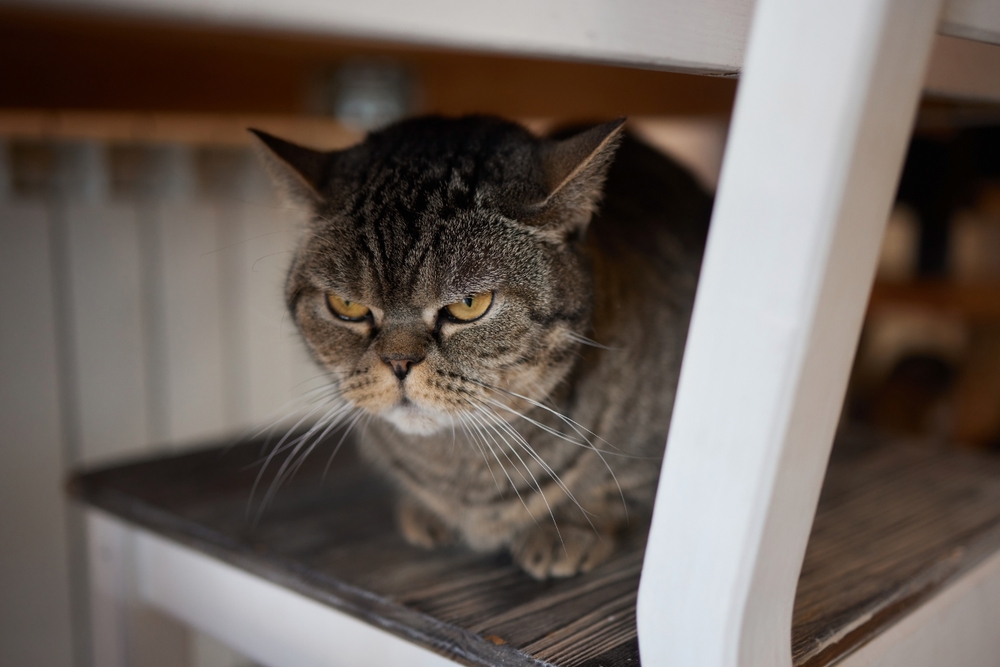
If your cat is consistently refusing food or has lost weight, it may be time to check in with your vet. Picky eating can sometimes signal underlying health issues like dental pain, digestive issues, or even stress. Your vet can rule out any medical concerns and might be able to recommend specific diets or feeding strategies tailored to your cat’s needs. A quick checkup can give you peace of mind and help your cat feel their best.
